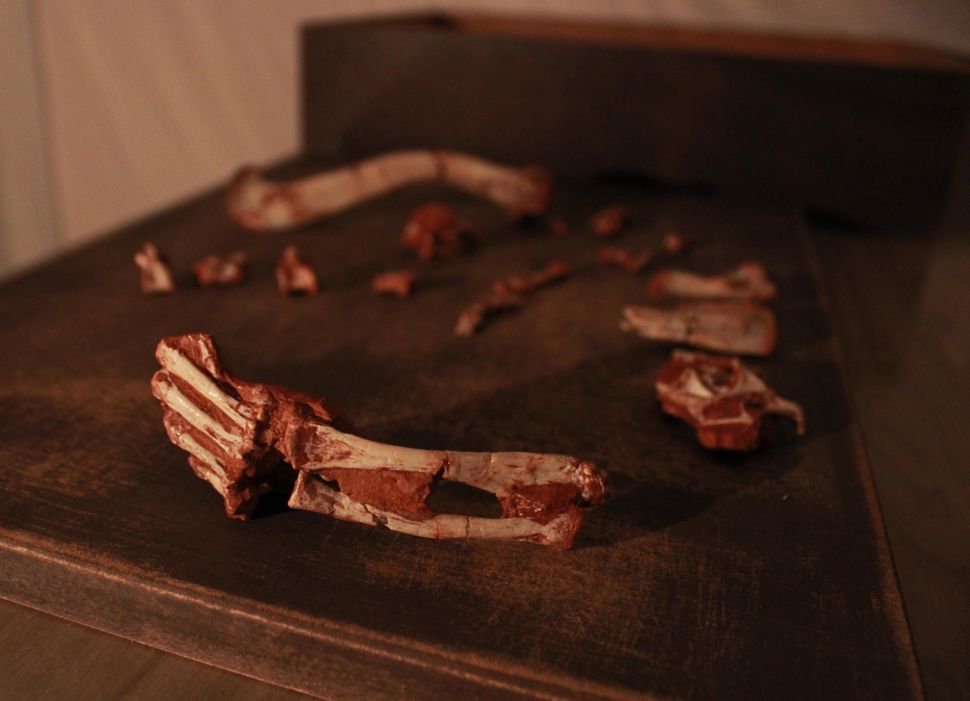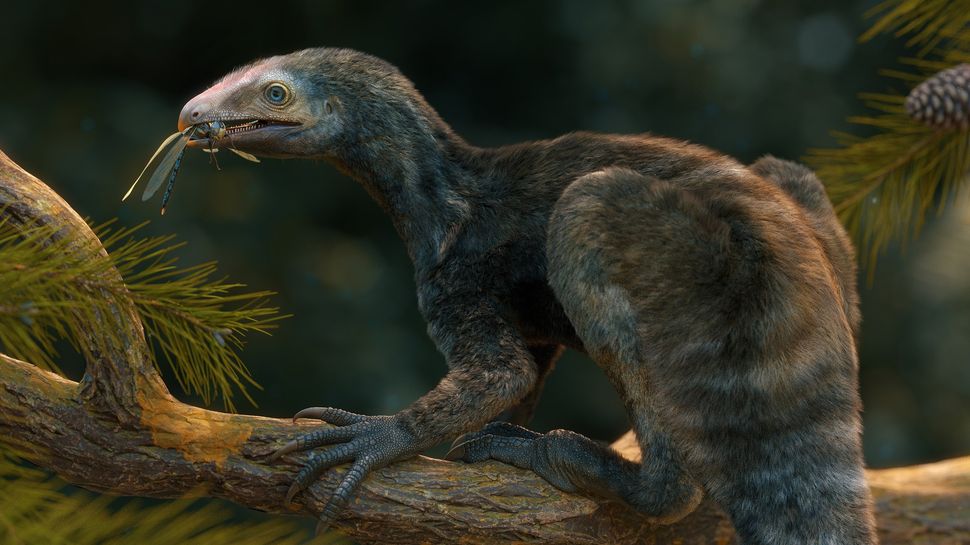The prehistoric predator, named Venetorapter gassenae by scientists, sported a sizable beak and is believed to have employed its claws for both tree climbing and dismantling its prey.
Unveiled from the depths of southern Brazil, an extraordinary relic emerges—an ancient reptile with hands reminiscent of a lost artistry, akin to the mythical Edward Scissorhands. This enigmatic creature, known as Venetorapter gassenae, wielded sword-like claws, suggesting a dual purpose: a predator’s instinct and a tree-dweller’s finesse.
Discovered in the fertile grounds of a rice farm in Rio Grande do Sul by Rodrigo Müller and his team from the Federal University of Santa Maria, this mesmerizing find offers a glimpse into a bygone era. Inhabiting the Earth 230 million years ago during the Triassic period, this creature stood as a testament to both mystery and adaptation.
With its large, sharp beak poised for a diverse diet—ranging from insects to fruits and small lizards—Venetorapter gassenae was a master of survival. Its claws, the very essence of its uniqueness, served not only for scaling trees but also for the intricate art of prey processing.
A living canvas of prehistoric allure, this reptile stands immortalized in its name—a nod to its raptor-like beak and adept claws. Venetorapter gassenae, a creature of stature, is estimated to have stood at 27.5 inches (70 centimeters) tall, its legacy etched in the paleontological tapestry as a symbol of ancient marvels.

In the tapestry of ancient life, Venetorapter gassenae emerges as a singular lagerpetid, donned in feather-like fur and trailing an exquisite tail—a herald of the pterosaurs’ impending dominion over primordial skies during the age of dinosaurs.
A cryptic revelation lies in the fossilized right hand of V. gassenae, where an elongated fourth digit unveils an enigma not witnessed among its lagerpetid kin. Rodrigo Müller’s discerning eye suggests an intimate connection to pterosaurs, as this elongated digit, a silent architect of wings, hints at a transformative link in the evolutionary journey from lagerpetids to the majestic rulers of airborne realms.
Defying conventional wisdom that deemed lagerpetids less diverse than their pterosaur and dinosaur counterparts, Müller’s team challenges preconceptions. Through the analysis of fossils from 18 dinosaur and 10 pterosaur species, alongside their reptilian precursors, including V. gassenae, a paradigm-shifting revelation emerges—the diversity of lagerpetids may rival that of pterosaurs and surpass even the dinosaurs of the Triassic epoch.
As the narrative of prehistoric existence unfolds, each fragment of Venetorapter gassenae’s story becomes a brushstroke on the canvas of time. The promise of unearthing additional fossils holds the key to unveiling the secrets of its diet, its form, and the landscapes it once navigated—a unique symphony echoing through the corridors of ancient mystery.
